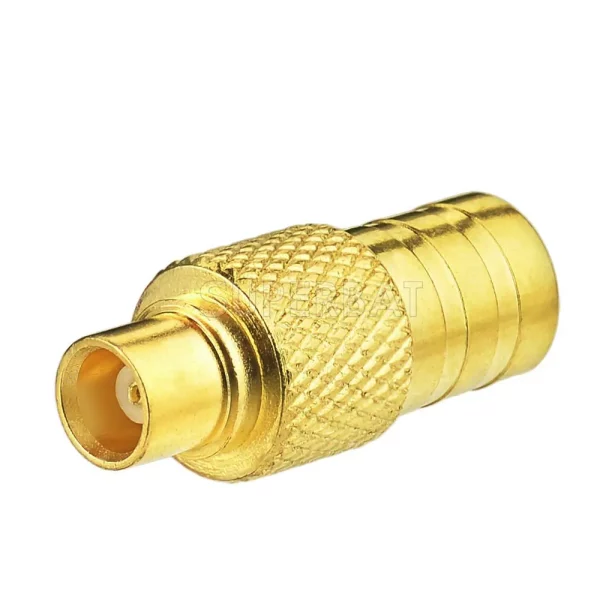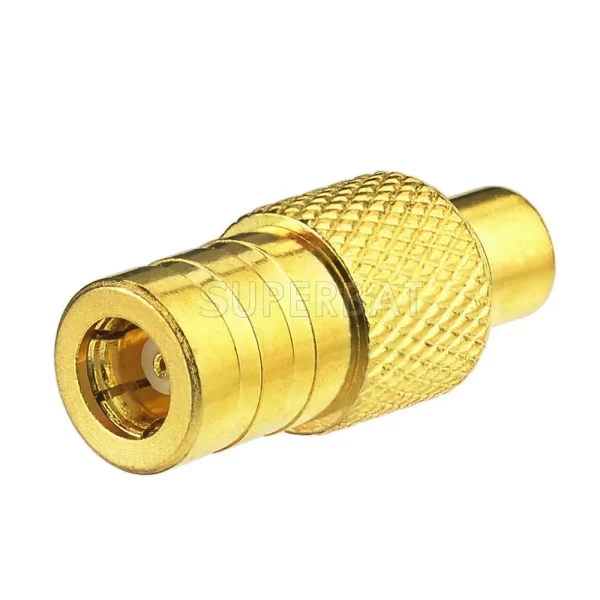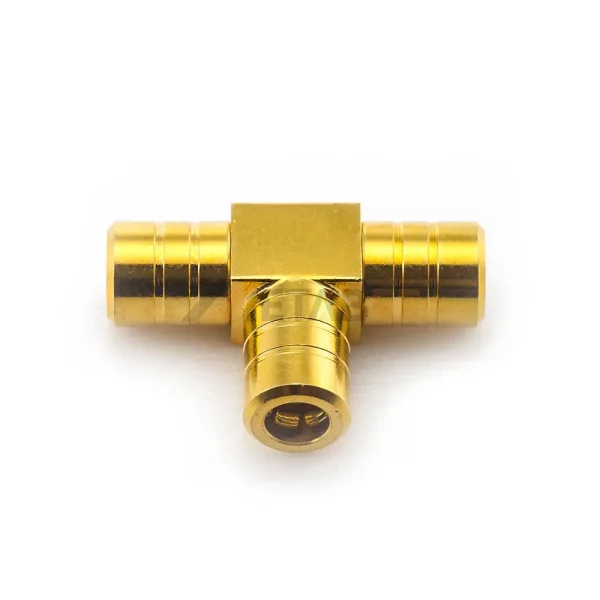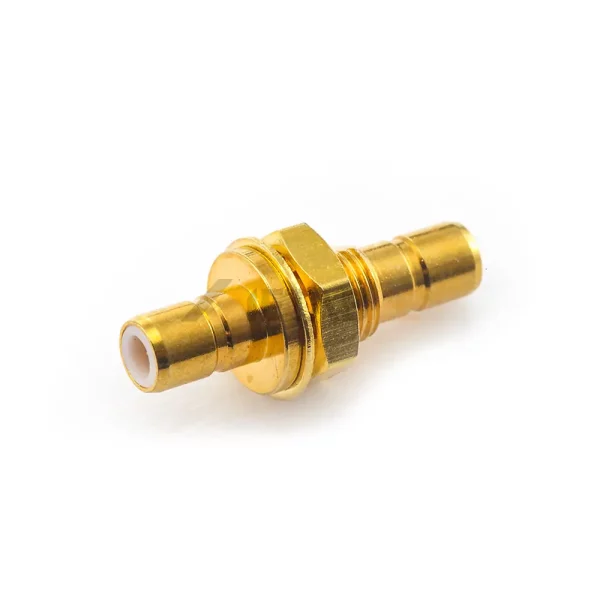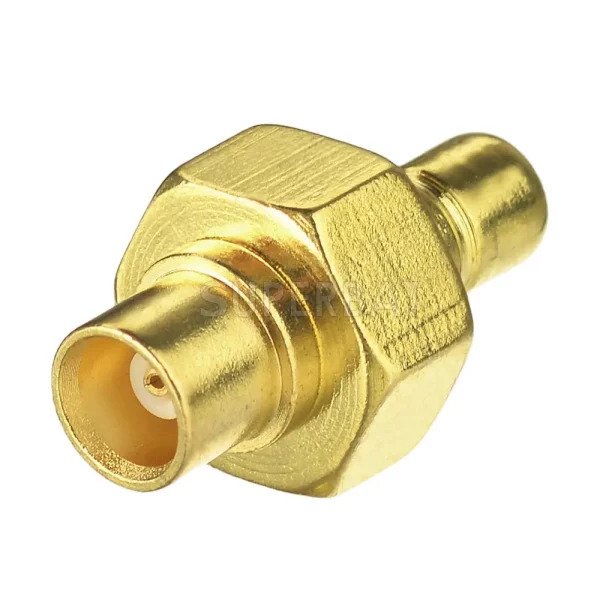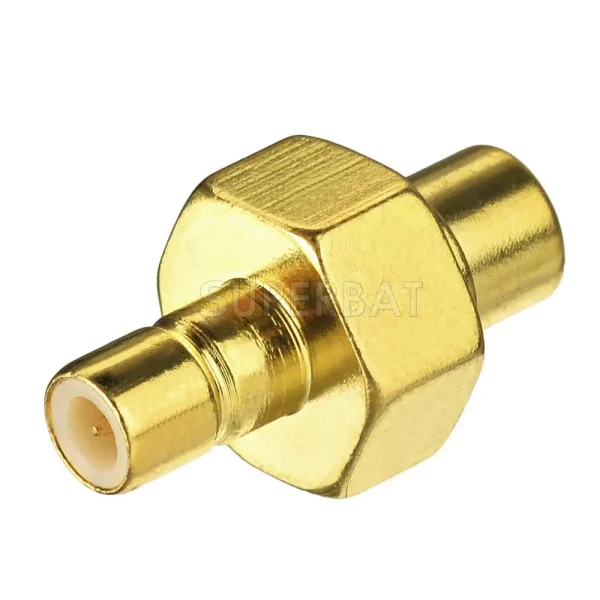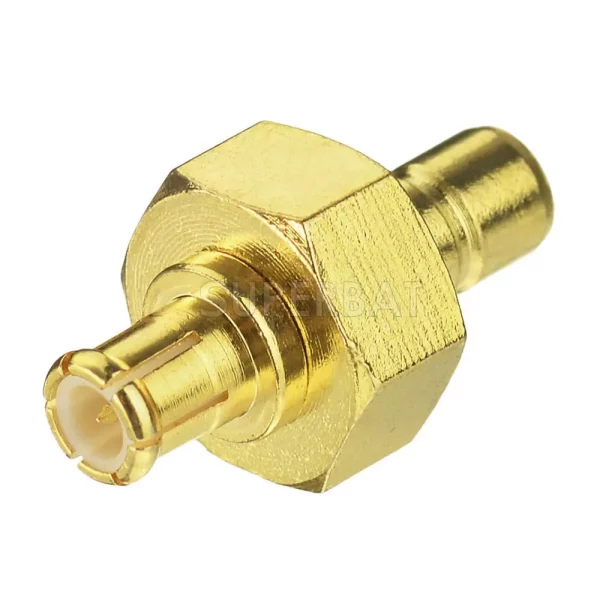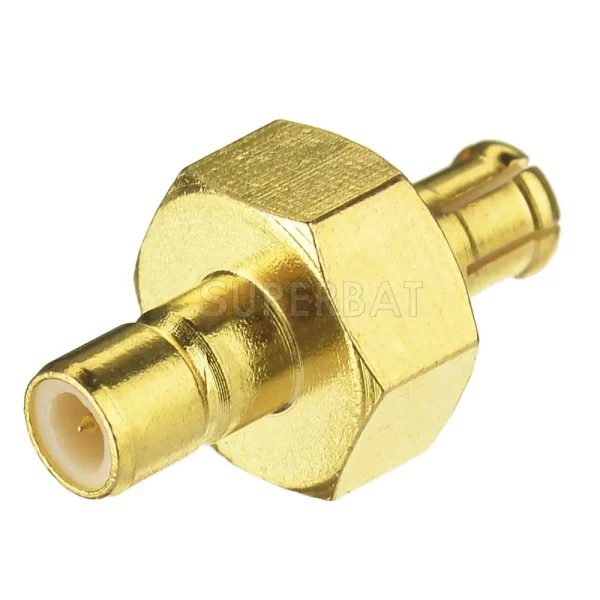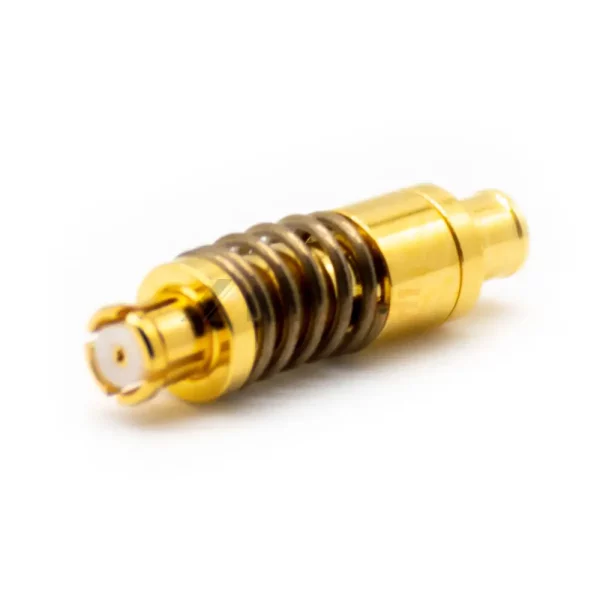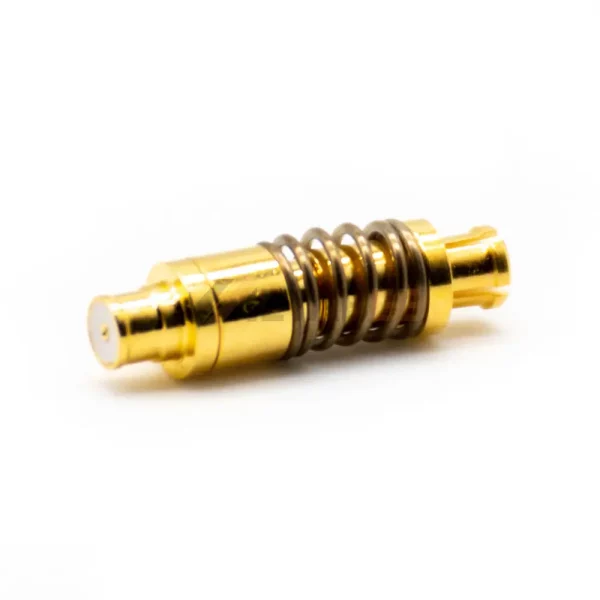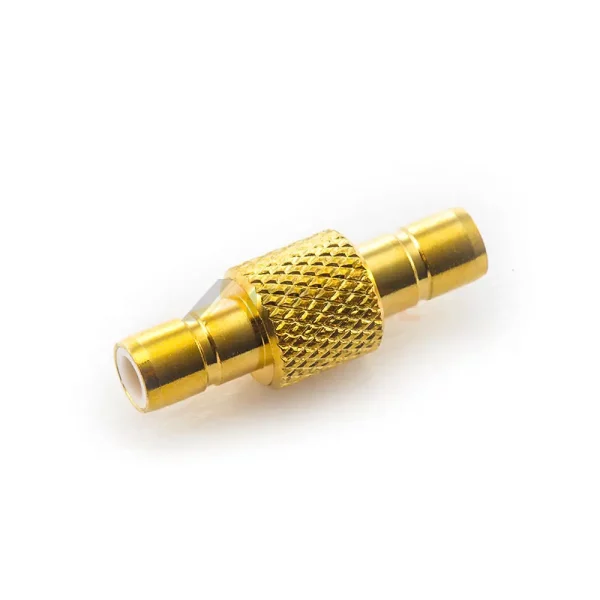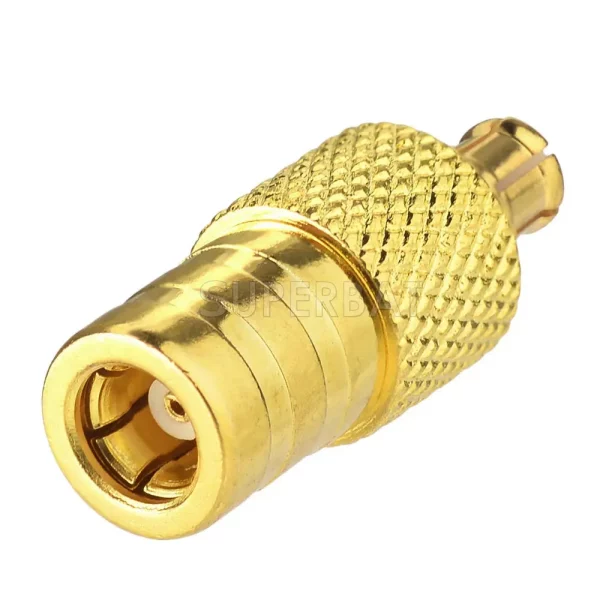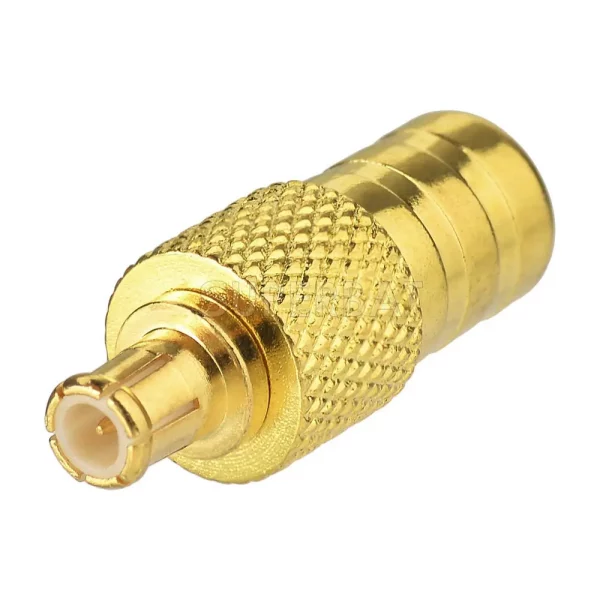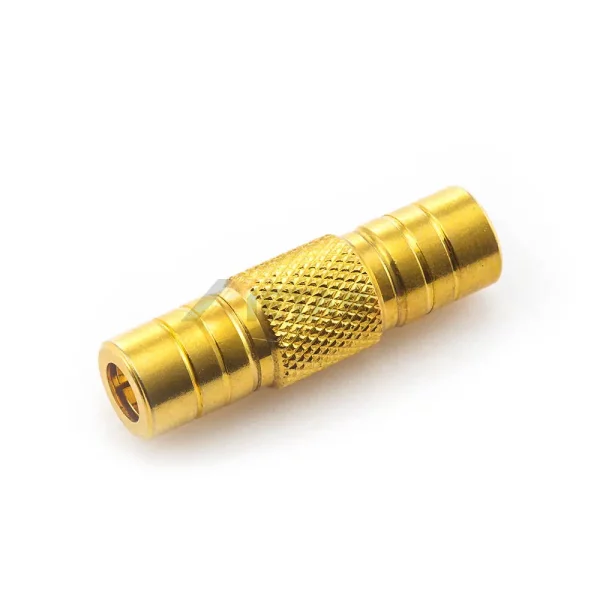SMB Adapters
Metabee SMB Adapters: Reliable, High-Quality Solutions for Your Needs
Are you seeking reliable and efficient RF adapters for your next project? Look no further than Metabee. As a leading manufacturer in the connector industry, we offer several types of SMB adapters, including SMB to SMB, SMB to MCX, and other types of adapters.
Why choose Metabee?
- Professional Team: Our expert team is committed to offering technical assistance and product advice. We also guarantee timely responses and personalized service.
- Factory Pricing: As a direct manufacturer, Metabee offers competitive pricing on all RF adapters.
- High-Quality Products: All of our products, including RFadapters, meet strict quality standards to ensure reliability, durability, and top-tier performance.
- Customized Solutions: Based on your specific needs, Metabee can provide you with customized connection solutions.
Click here to download Metabee’s PDF catalog of RF connectors, adapters, and cables to learn more.
Request a Quote Today!
FAQs:
What is an an SMB adapter?
An SMB adapter(SubMiniature version B) is a small, snap-on RF adapter used to connect two devices with different interfaces, typically in RF applications. It is designed for quick and reliable connections in various industries.
What is the impedance of the SMB adapters?
The most common impedance for SMB adapters is 50 Ohms.
What is the frequency range of an SMB adapters?
SMB adapters are usually made for 6 Ghz high frequency.
What is the typical application of SMB adapters?
SMB adapters are commonly used in telecom, networking, automotive, and aerospace applications. They are also widely used in testing equipment, signal processing, and RF communication.
What materials are SMB adapters made from?
SMB adapters are usually made from a brass or stainless steel body and gold-plated shells to ensure durability, signal integrity, and corrosion resistance.
How do I choose the right SMB adapter for my application?
To choose the right SMB adapter, you should consider factors such as the frequency range, connector type, environmental conditions (e.g., moisture or temperature), and whether you need a straight or right-angle adapter.
